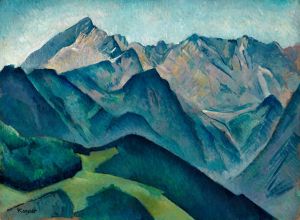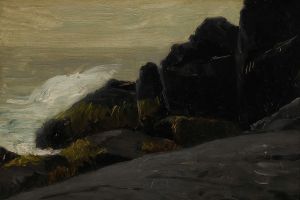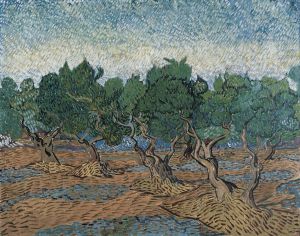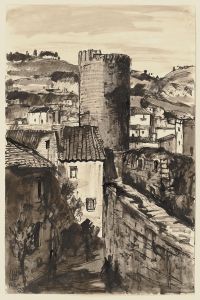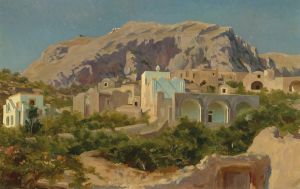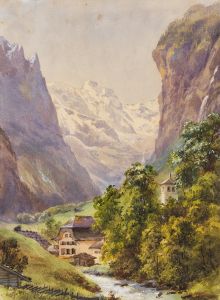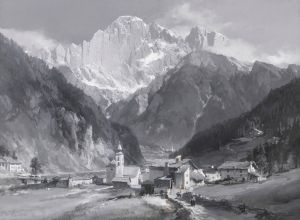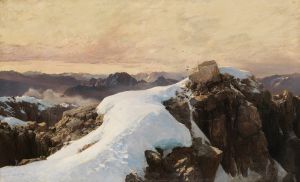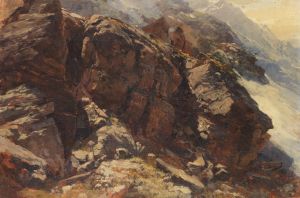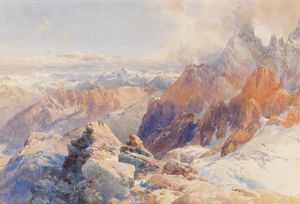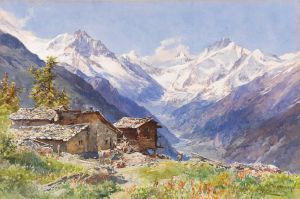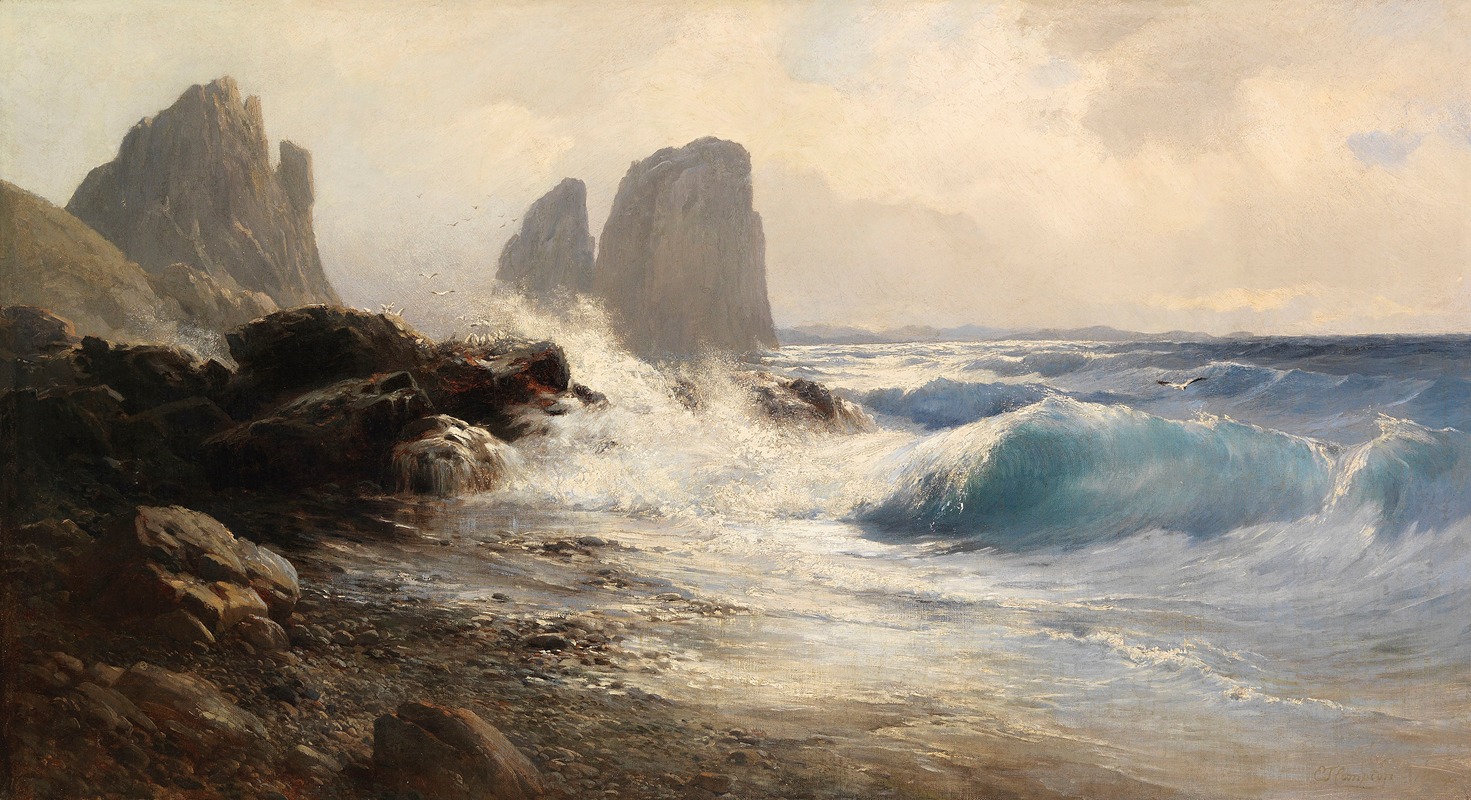
Die Faraglioni-Felsen vor der Küste von Capri
A hand-painted replica of Edward Theodore Compton’s masterpiece Die Faraglioni-Felsen vor der Küste von Capri, meticulously crafted by professional artists to capture the true essence of the original. Each piece is created with museum-quality canvas and rare mineral pigments, carefully painted by experienced artists with delicate brushstrokes and rich, layered colors to perfectly recreate the texture of the original artwork. Unlike machine-printed reproductions, this hand-painted version brings the painting to life, infused with the artist’s emotions and skill in every stroke. Whether for personal collection or home decoration, it instantly elevates the artistic atmosphere of any space.
Edward Theodore Compton, a renowned British-born landscape painter, is celebrated for his detailed and evocative depictions of alpine and coastal scenes. Among his notable works is the painting titled Die Faraglioni-Felsen vor der Küste von Capri (The Faraglioni Rocks off the Coast of Capri). This artwork captures the iconic Faraglioni rock formations, a natural landmark located off the southern coast of the island of Capri in Italy. The Faraglioni are a group of three towering limestone stacks that rise dramatically from the Tyrrhenian Sea, and they have long been a source of inspiration for artists, writers, and travelers due to their striking beauty and geological significance.
Compton, who lived from 1849 to 1921, was primarily known for his landscapes, particularly those depicting the Alps. His artistic style combined realism with a romantic sensibility, emphasizing the grandeur and majesty of natural landscapes. While much of his work focused on mountainous regions, Die Faraglioni-Felsen vor der Küste von Capri demonstrates his ability to capture coastal scenery with equal skill and attention to detail. The painting reflects his mastery of light, texture, and atmosphere, elements that bring the rugged beauty of the Faraglioni rocks to life.
The Faraglioni rocks themselves have been a prominent feature of Capri's natural landscape for centuries. Each of the three stacks has its own name: Stella (the closest to the island), Mezzo (the middle stack), and Scopolo (the farthest from the shore). These formations are the result of centuries of erosion caused by wind and waves, and they are home to unique flora and fauna, including the rare blue lizard (Podarcis siculus coeruleus), which is found only on the Faraglioni.
Compton's painting likely reflects his travels through Europe, as he was known to journey extensively to capture the landscapes he painted. His works often served as visual records of the places he visited, and they remain valuable for their artistic merit and their documentation of natural landmarks. While specific details about the creation of Die Faraglioni-Felsen vor der Küste von Capri are not widely documented, the painting is consistent with Compton's broader body of work, which often sought to celebrate the natural world in all its diversity and splendor.
Today, Edward Theodore Compton's paintings are appreciated for their technical precision and their ability to evoke a sense of wonder and admiration for the natural world. Die Faraglioni-Felsen vor der Küste von Capri stands as a testament to his skill as a landscape artist and his enduring fascination with the beauty of nature.





